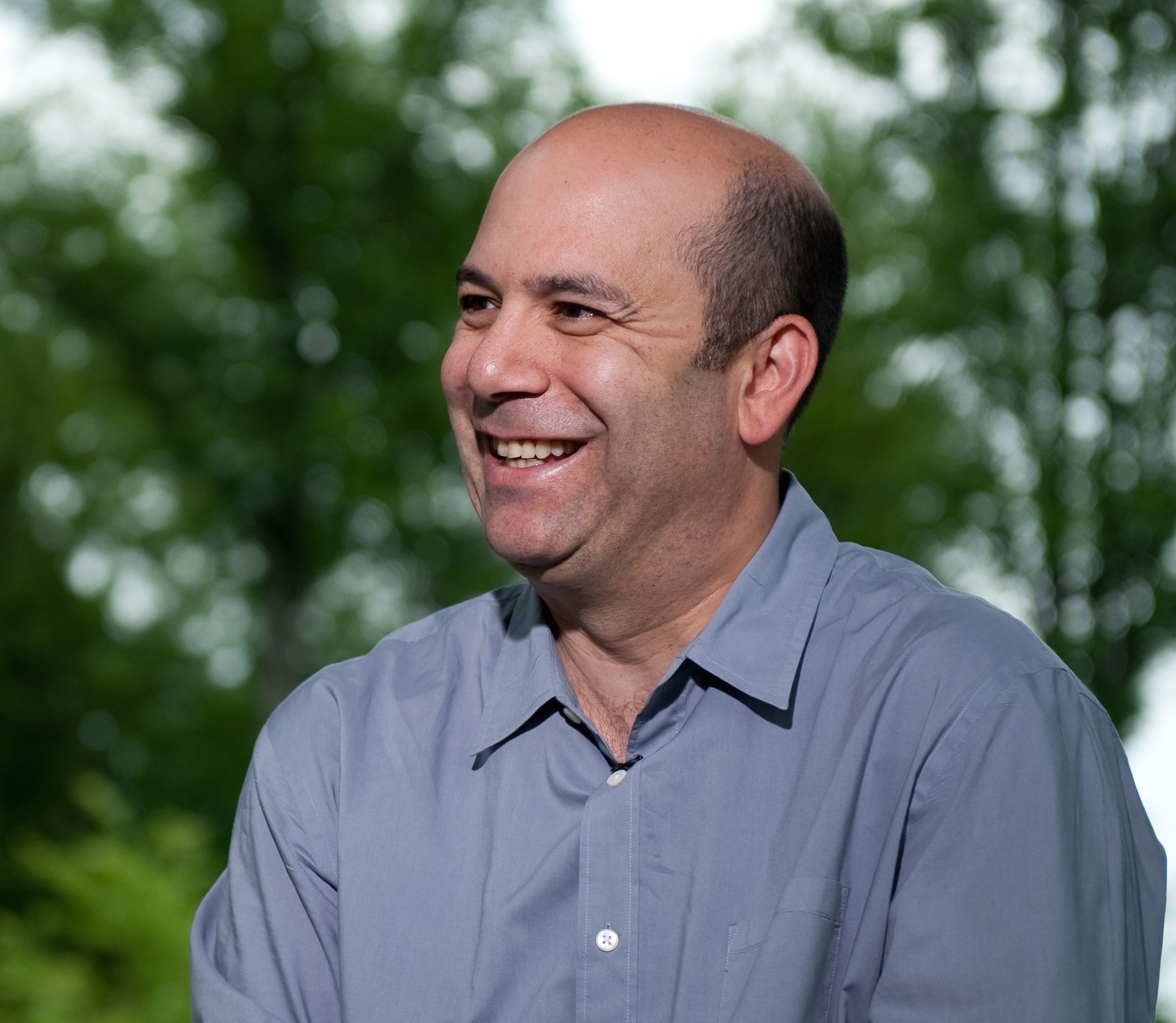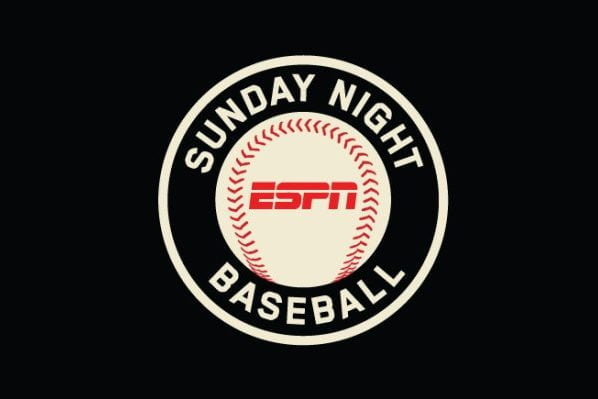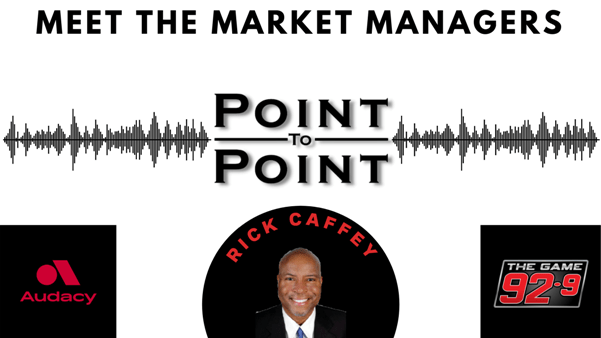There’s something nostalgic about ESPN’s Sunday Night Baseball for a sports nerd like me. Maybe it’s because my baseball heyday was spent routinely watching Jon Miller and Joe Morgan in the booth each Sunday night. Maybe it’s the theme music, which is playing in my head as I write this article. Regardless, it was a treat when Ben Cafardo at ESPN invited me to be BSM’s Zoom call representative with Senior Coordinating Producer Phil Orlins to discuss the network’s production approach to the 2021 MLB season.

ESPN will begin its coverage of the season on Opening Day this Thursday April 1st. 11 games will air on the network in the first week, but things will look especially different in the booth this season.
“We will still be in a workflow that is centralized, primarily Bristol-based from a product approach standpoint,” said Orlins. “We do probably 20 percent of our games out of our Charlotte hub, but for the most part things connect through Bristol and out of the Bristol hub.”
That means ESPN will start most of it’s Sunday Night Baseball crew in studio. Buster Olney, who will serve as a reporter, is expected to be on-site at every single game. However, Matt Vasgersian and Alex Rodriguez will start the year in Bristol.
“I don’t know that I have any guarantees, predictions on when that would change or if that will change,” added Orlins. “I think there are a lot of circumstances that will go into that, and some of them are to be determined, including the COVID pandemic as one of them.”
ESPN’s view on putting Olney at the ballpark is that it will increase the essential value of the reporter. Especially since it means Buster will be the lone one on site. But Olney’s job won’t likely be as easy as it used to be. He’s on site for the game which is the positive, but anyone who’s covered events during the past year knows that it also means no face-to-face interactions with players or coaches. Olney has done a tremendous job over the years gathering and reporting information, some of it picked up on the field during practice or even inside the clubhouse. He won’t have that same access though this season.
That’s a key reason why ESPN isn’t rushing to put crews inside of booths all across the stadium. If Vasgersian and Rodriguez are only allowed in the booth and have no other access, is it critical then to have them on the road? Most broadcasters would tell you it’s easier to call a game when you can see the action in person, but ESPN is confident that its Bristol studios and/or home studios will work out well for the upcoming season.
Just like ESPN’s coverage of college basketball this season, there will be broadcasters calling games from inside their homes. It’s nothing new. We saw it with the network’s coverage of the KBO last year, the first live games to feature live broadcasts from home during the pandemic.
“One thing we experimented with on KBO last year and will do again this year is having Eduardo Perez transmit his own video files into our switcher and telestrate his own stuff from his home,” said Orlins. “The more you challenge yourselves on what you can do with technology, the more these things are accessible and available to be done.”
Many fans have been critical of Major League Baseball’s inability to market it’s biggest stars. A debate on how many people would recognize Mike Trout if he walked into a mall comes to mind. ESPN isn’t single handedly solving the issue, but it’s trying to pull more personality out of both the players and it’s broadcast by mic’ing up players during games. It’s a unique and fun feature to any game that really only works during baseball, seeing as it’s slower pace and a better fit than most other sports. ESPN really pushed it during Spring Training in order to highlight more personality driven content with players. It was seen as a big success, and something the network will consider more throughout the season.
“We had a lot of success last year in the regular season with that type of access material,” said Orlins. “Bryce Harper was a great participant. Obviously there were a couple in the postseason, as well, Paul DeJong with the Cardinals, Ian Happ was tremendous with the Cubs, along with a few others. The answer to that though is to be determined, as it requires an agreement between Major League Baseball and the Players’ Association. We hope that we once again get there, but having said that, those things do not necessarily travel a quick path, as I think most of us are aware.”

A lot of technical aspects will be the same from last year, but a glaring difference will be the added element of fans at the games. Every team in baseball will have fans on Opening Day, ranging from the Texas Rangers having 100 percent capacity to the Toronto Blue Jays hosting around 1,275 fans at its spring training facility in Florida. Capacity numbers differ, but fans will be in the stands this season. After going through a year without crowd noise or in person reactions, that has to be a giant relief for ESPN’s production team.
“I know it’s a controversial topic, but I’ll tell you the first thing I learned on KBO was I’m not big on what I’d call necessarily full-force fake crowd sound,” said Orlins. “But I’m not big on no crowd sound, either.”
“As far as the way the game is cut, there’s not a whole lot you can do in the sense of — you’re not going to not show the pitch from center field because it shows empty seats behind the plate. Do we miss the crowd reaction shots? Yes. Would I ever prioritize the crowd reaction shots over the player reactions? Probably not.
“I miss the sound and I miss the authentic sound, but I also miss the personality. I mean, that’s a real element, especially to baseball. I just miss the kid or father catching the home run and the fun in the stands. I don’t lose much sleep over whether our reactions to a home run are more focused on the dugout versus fans. I think those shots are to be expected. They’re fairly normal or replaceable to some degree. But I miss the entertainment of kids and parents, and the odd moments when a guy falls over trying to catch a foul ball or gives it to the kid or refuses to give it to the kid or throws it back on the field, all of those things.”
Hopefully the sight of fans in the stands on Opening Day gives the country a renewed sense of optimism that life will get back to normal. Who knows, maybe as things continue to improve, A-Rod will be back in Boston or New York to call Sunday Night Baseball this summer. Maybe baseball can be the sport that signifies the full normalcy of life returning to pre-pandemic levels. If that happens, you can bet ESPN will be there to show it.

“My sense is that people want normal,” said Orlins. “It’s not my place to get deep on the pandemic and lifestyle and all that kind of stuff, but we’re closer to normal. 162 games is normal and April 1st Opening Day is normal. Having some degree of crowd in the ballpark is not quite as normal as sellouts on Opening Day, but it’s a lot closer than it was last year.
“I think there’s no other sport that quite occupies, wherever you want to compare baseball with other sports in terms of its popularity and how you measure, I don’t think there’s anything like baseball that exists within the daily rhythm of American lifestyle. I think that’s really important right now.”
Tyler McComas is a columnist for BSM and a sports radio talk show host in Norman, OK where he hosts afternoon drive for SportsTalk 1400. You can find him on Twitter @Tyler_McComas or you can email him at TylerMcComas08@yahoo.com.







